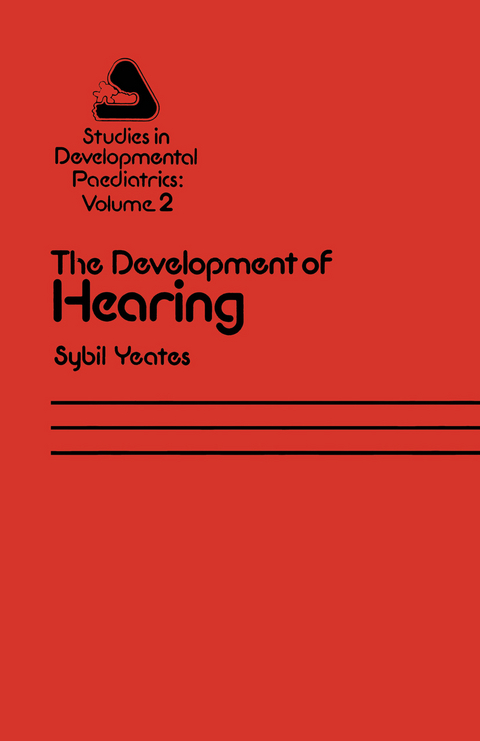The frontispiece of this book is called 'The invisible handicap'. Most deaf children, with the exception of very unfortunate multiple-handicap children, look quite normal. The young babies who are sent to my clinics for confirm ation (or otherwise) of a hearing loss are very often handsome, delightful infants with no other problems. The deaf child only reveals his handicap when communi cation is attempted. At that point the picture changes. To an ill-informed observer this child, who had previously seemed quite normal and who had been seen to be playing normally, suddenl y appears' stu pid'. That, unhappily, is too often the attitude of the general public towards the deaf person. There is far too often a total misunderstanding of the problems of both the deaf child and the deaf adult. It must also be admitted that far too often the speech of the deaf is very ugly and when this is added to their difficulties in verbal comprehension we begin to understand why the attitude of the public at large is ill-judged, intolerant and occasionally even hostile. We must, therefore, aim for three goals. The first must be the ever-increasing education of hearing people about the problems of the deaf, with maximum attempts to involve them with the activities of the deaf community', which has evolved for self-protection and mutual help and under- 11 The development of hearing standing, and which must be opened up to sympathetic hearing people.
1 Introductory matters: what is our aim?.- 2 Infants at risk.- 3 The nature of sound.- 4 A physician’s revision of the anatomy of the ear.- 5 When and where?.- 6 Situations for testing.- 7 Taking a history and its importance.- 8 Methods of testing hearing: (a) Distraction techniques.- 9 Methods of testing hearing: (b) Cooperative tests involving speech (c) Conditioning techniques.- 10 Use of the pure tone audiometer.- 11 Causes of hearing loss: (a) Genetic causes.- 12 Causes of hearing loss: (b) Other causes.- 13 The treatment of sensorineural hearing loss: (a) Amplification.- 14 The treatment of sensorineural hearing loss: (b) Auditory training and special education.- 15 Problems of the middle ear.- 16 Deafness associated with mental handicap.- 17 Objective hearing tests.- 18 The deaf child and his family.- Appendix 1: Apparatus.- Appendix 2: Useful addresses.
| Reihe/Serie |
Studies in Development Paediatrics ; 2
|
| Zusatzinfo |
237 p. |
| Verlagsort |
Dordrecht |
| Sprache |
englisch |
| Maße |
140 x 216 mm |
| Themenwelt
|
Medizin / Pharmazie ► Medizinische Fachgebiete ► Pädiatrie |
| ISBN-10 |
94-011-7217-X / 940117217X |
| ISBN-13 |
978-94-011-7217-2 / 9789401172172 |
| Zustand |
Neuware |



